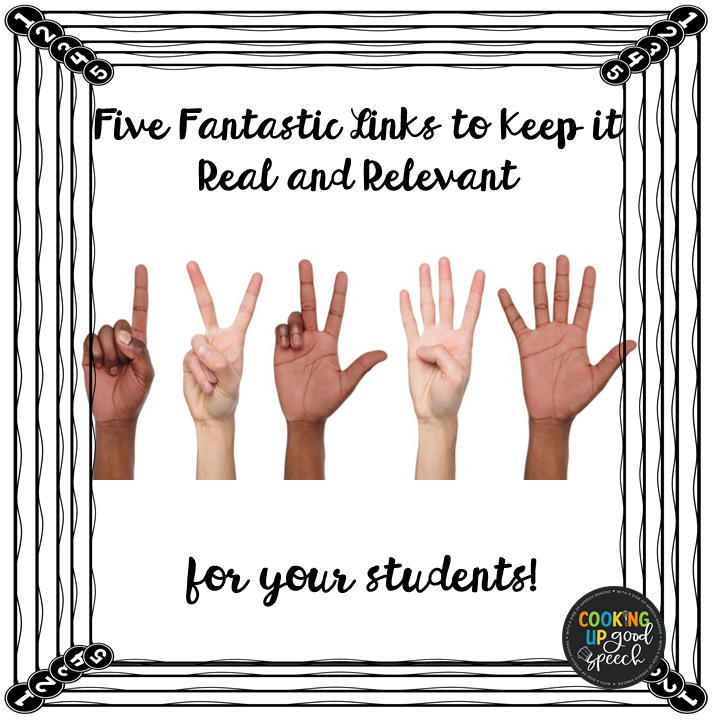
Keeping the big kids engaged can be a challenge! I’m always looking for new ways to keeping my ideas fresh and motivating—not just for the sake of my students, but (let’s face it) for my own sanity. I know that if I am bored by the activity, or find myself not enjoying the session, then chances are, my kiddos are probably feeling the same way too! I weave a variety of multi-sensory resources into my daily sessions, and these sites are just some of the ways I keep it fresh, fun, functional, and relevant. At the end of the day/ month/year, I want my students to walk away from their sessions with STRATEGIES that they can use outside of the speech room and gain knowledge from INFORMATION that will help them grow their communication and conversation skills. I love that these FIVE “go-to” sites provide some fantastic information about the world around them right from the comfort of the therapy room (whether you are doing therapy virtually or in-person). I hope they carry these informative nuggets of knowledge with them as a platform to grow their interest and awareness about the world, while we address their speech and language goals. Here are a few of my go-to online resources that can be utilized whether you are doing therapy in person or virtually (by screen sharing).
- KidNuz is a daily podcast, approximately 5-7 minutes in length. Each episode consists of several up-to-date short news segments that are unbiased, and age-appropriate stories from politics, entertainment, science, health, and sports. These segments are professionally written, and delivered by four Emmy-winning journalists who also happen to be moms. Each episode also includes a transcript that I often print out for my students. We read and/or listen to the news segments, then identify the MAIN IDEA and a couple of SUPPORTING DETAILS. I use these podcasts as a platform for eliciting so much language—conversational exchanges, inferencing, tier-2 vocabulary. My older students look forward to a dose of new stories (many of the stories are very uplifting, relevant, and posted in real-time about what’s happening right now in their world.) Last week, one of my teenage students told me that she started listening to a couple of other podcasts as a result of her exposure and interest in KidNuz! That made my day! A huge win for her and for me!!! You can subscribe to KidNuz and have the daily podcast delivered to your inbox. True confession: There are days when I didn’t have time to plan a lesson and these podcasts turned out to be better than any activity that I would have prepared in advance!
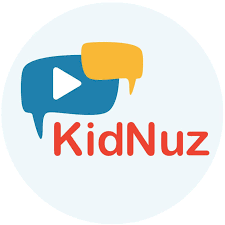
2. WindowSwap is MY current OBSESSION! As I mentioned, I too need to keep therapy interesting and exciting or I will not enjoy the sessions either. I cannot remember how I originally stumbled upon this site but it’s my new favorite way to address INFERENCING while visiting the world right from my computer screen. WindowSwap was created as a result of the Covid-19 pandemic. Due to travel restrictions, the brilliant creators thought it would be fun to “visit” places all around the world from the viewpoint of your window. (I guess some people might think this is cool and others might find it a little creepy!) Thousands of video submissions are reviewed and then posted to WindowSwap from people all over the world. Each video includes the city/country of origin. I LOVE to use these videos to ask so many inferencing questions based on our window view. i.e. Who do you think might live here? What time of year do you think it is? What type of home do you think they live in (an apartment, condo, house, etc.) What type of neighborhood do you think they live in? What city/country would you guess this is? My students have been so intrigued by these glimpses outside of the windows of people all over the globe. We often make reference to a map in order to identify the places we are “visiting” in relation to where we live. This has been a very effective way to ask and answer inferencing questions using visual observations as well as pique their curiosity about the world and travel.
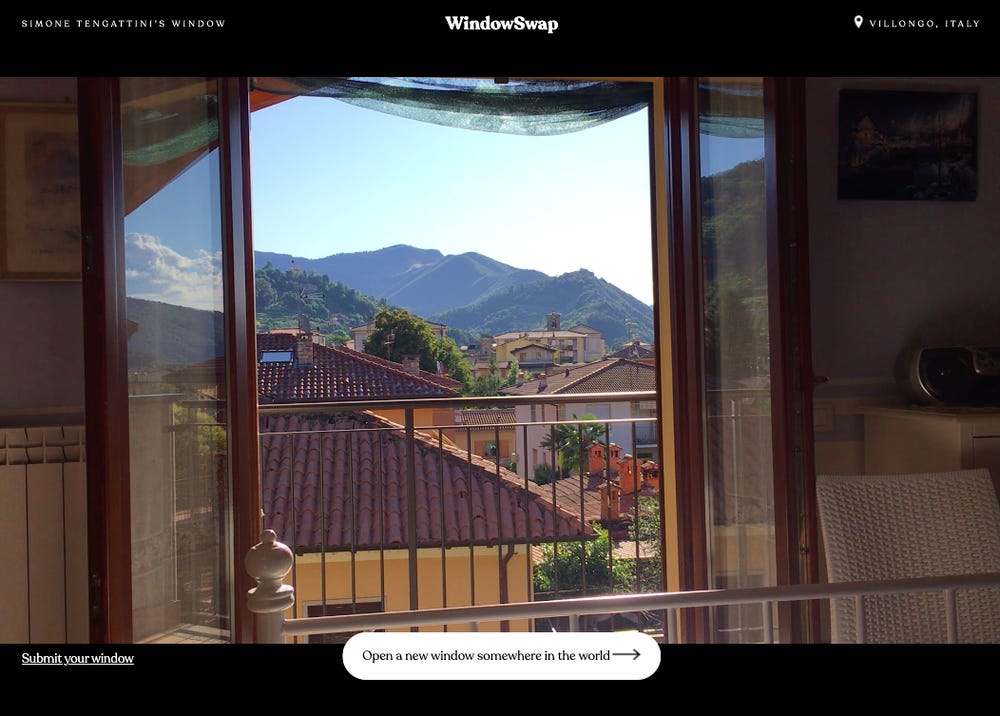
For many years, the American Bald Eagle was on the endangered species list, however, they were removed from the list in 2007 as the eagle population began to thrive again. My students are currently observing this pair of local nesting eagles on a live web cam and recording information about their behaviors in thier science class. The eagles recently laid three eggs (in January) and two of those eggs have currently hatched! Baby eaglets are soooo adorable!! I work with various subject area teachers to incorporate and support classroom content, whenever possible, in my therapy sessions. I keep the live cam open in a tab on my computer all day. I have been using it to address tons of language—-we brainstorm nouns, verbs, and adjectives about the eagles, their nest, the eaglets. We compare/contrast the adult vs baby eagles as well as the younger and older eaglets (one hatched three days after the first so there are several differences we have observed between them.) Once again, this is an opportunity to experience language and address goals in a relevant manner—while connecting to my student’s classroom content. And, let’s face it, nature provides us with an amazing classroom to learn so much from! There are tons of live bird cams out there if you do a Google search and want to explore other breeds.
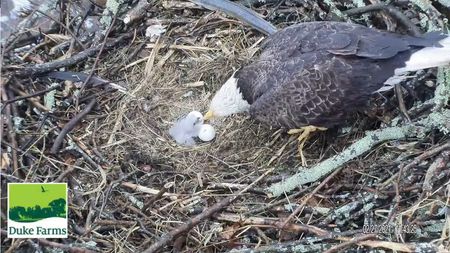
4. How’s that Made?
My students love watching these 3-5 minute segments, especially when it is food-related. There are videos on how to make rainbow sprinkles, donuts, ice cream sandwiches, pretzels , frozen pizza, tortilla chips, honey, pasta, croissants, oreo cookies, gummy worms and licorice. One word of caution: you may want to show these videos after you and your students have eaten lunch—they may cause an increase in appetite and a desire to break out some snack foods!!! Search YouTube and you will find more (both food and non-food How-To’s)
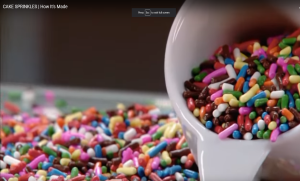
These clips can be used to teach a multitude of concepts:
1-Sequencing
Pause the video, when necessary, at various points in the video and have them verbally or in writing, explain what is happening in each step of the how-to process. Use the starters first, next, then, last when writing or verbalizing the steps. Allow your students to draw pictures in addition to, or in place of the words.
2- WH questions
Pause the video and ask your student WH questions. For example, Who is making the candy? Where are they? What types of machines are they using? How do you think they made so many, so quickly? When did it start looking more like the actual product? Why do they use machines instead of making this by hand? (Theses are just a few examples, you can tailor more specific questions to each video as you view them.)
3- Cause and Effect
Pause the video and discuss what caused an event to occur/identify the effect of an action. What would happen next if…? Why did that happen? Cause/effect teaches students to make a connection between two events.
4-Retelling
After watching the entire video, ask students to retell the highlights of the video. This will help you assess their recall, comprehension and organization skills.
5-Predictions
Pause the video and make predictions about what will happen next or at the end of the video.
6-Written Language
Have your students write a how-to paragraph. You can use these FREE organizers from my TpT store to help guide your students through the writing process!
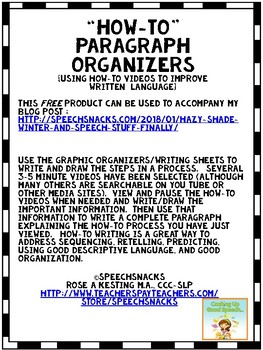
5. Mystery Doug has been a favorite of mine for a long time. Doug is a science teacher who answers kids questions on a variety of topics. Kids call Doug with their curious questions and he provides explanations that are kid-friendly and accompanied by videos and visuals to support his answers. What I love even more is that this site provides an option to add the video assignment’s to your student’s Google Classroom. The material on this site is great for younger as well as older students.
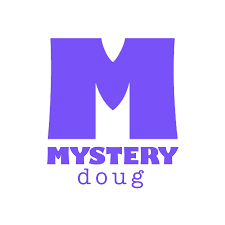
Some of the topics that have been a huge hit with my middle schoolers include:
Has anything like the coronavirus ever happened before?
I hope you can add these fantastic sites to your “therapy ideas” toolbox while providing variety and excitement to your sessions. At the end of the day, I want my students to be able to combine the strategies I teach them with real and relevant information to make them better communicators!











Leave a Reply